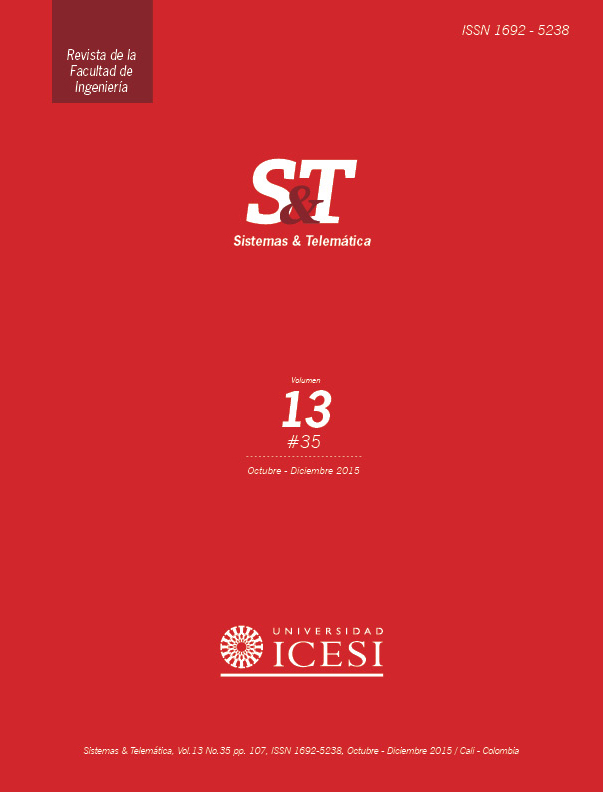A guide to best practices for the transition from ipv4 to ipv6
DOI:
https://doi.org/10.18046/syt.v13i35.2153Keywords:
IPv6 (Internet Protocol Version 6), IPv4 (Internet Protocol Version 4), transition, ITIL, Internet, best practices.Abstract
This article presents a proposal for a guide to best practices to support Information Technology [IT] areas in the planning and implementation of the transition of their infrastructure and technology services to IPv6 protocol. For this purpose an analysis of references was done to identify the problem, comprehend the state of the art; the current state of advance in the migration to IPv6 and its implementation worldwide; the state of the art of technology in the regions where it is a key factor and the process that these regions have developed to explore and implement the transition from IPv4 to IPv6, and as an analysis of the manner in which their governments assumed this transition; the identification of how the processes of the model of best practices for IT, ITIL v.3 can support the transition; and the existing mechanisms of technological transition from IPv4 to IPv6 according to two scenarios: with and without IPv4 and IPv6 coexisting.
References
CIO Council. (2012). Planning guide/Roadmap toward IPv6 adoption within the U.S. Retrieved from: http://www.ipv6forum.com/dl/presentations/USGv6Roadmap.pdf
Gobierno de España / Ministerio de Industria, Energía y Turismo. (2011). Transición a IPv6: plan de fomento para la incorporación de IPv6 en España. Retrieved from: http://www.ipv6.es/es-ES/transicion/Paginas/Fomento.aspx
Internet Society of Australia (2009). IPv6 for business. North Sydney, Australia: Author.
Lacnic (2014). IPv6 Portal Lacnic [Web site]. Retrieved form: http://www.lacnic.net/web/lacnic/ipv6
Madera, L. & Roa, M. (2014). Guía de buenas prácticas para la transición de IPV4 a IPV6 de los servicios y aplicaciones del área de tecnología de la información en una organización [thesis]. Universidad Icesi: Cali, Colombia.
Palet, J. (2011). Agotamiento de IPv4 o transición a tiempo a IPv6 para el adecuado crecimiento de la banda ancha. Available at: http://www.consulintel.es/pdf/ipv6_spain.pdf
Downloads
Published
Issue
Section
License
This journal is licensed under the terms of the CC BY 4.0 licence (https://creativecommons.org/licenses/by/4.0/legalcode).



